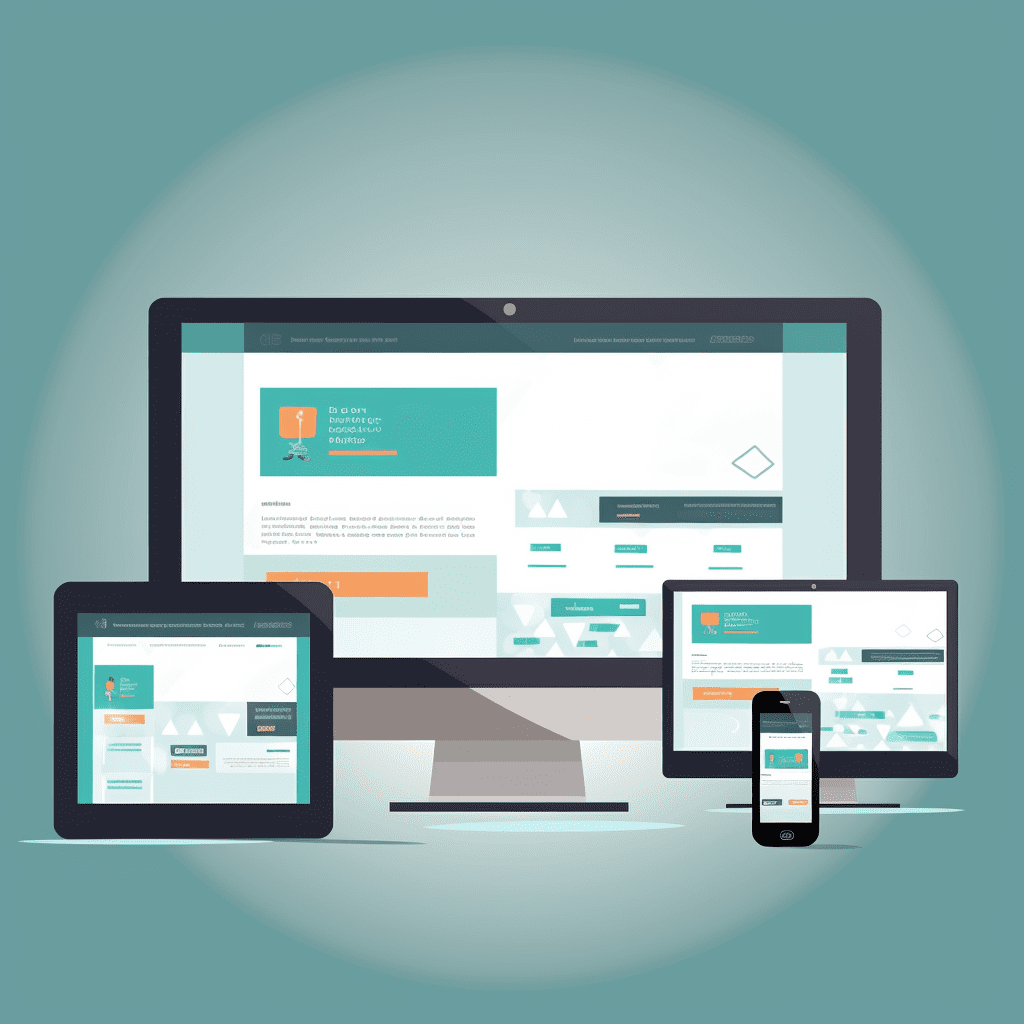Some of the most outstanding advantages include:

Optimized user experience: A responsive design ensures that the website automatically adapts to the screen size and device the user is using, allowing for smooth navigation and a pleasant user experience at all times.
Wider reach and audience: By offering a consistent user experience across all devices, from desktop computers to smartphones and tablets, responsive design enables businesses to reach a broader and more diverse audience.
Improved search engine positioning (SEO): The main search engines, such as Google, favor websites with responsive design, since they provide a better user experience. By implementing a responsive design, clients can improve their rankings in search results, which can increase visibility and traffic to their website.
Reduced cost and development time: A responsive design allows companies to have a single website that adapts to all devices instead of developing and maintaining multiple versions of the same site for different devices. This can significantly reduce costs and development time.
Increased conversion rate: By offering a consistent and optimized user experience across all devices, responsive design can help increase the conversion rate of your website, as users will be able to complete actions and transactions more easily and quickly.
Ease of maintenance and updates: With a responsive design, businesses can make updates and changes to their website more efficiently, since they only need to modify a single version of the site instead of multiple versions for different devices.
Frequently Asked Questions
Here are some of the most frequently asked questions about responsive design, along with their answers:
What is responsive design?
Answer: Responsive design is a web design approach that seeks to adapt the look and feel of a website to different screen sizes and devices, such as desktop computers, laptops, tablets and smartphones, offering an optimal user experience throughout. moment.
Why is responsive design important?
Answer: Responsive design is important because it allows for a consistent user experience across all devices, improves search engine rankings, makes it easier to maintain and update your website, and can increase your conversion rate and audience reach.
What is the difference between responsive design and adaptive design?
Answer: The main difference between responsive design and responsive design is how they adapt to different devices. Responsive design uses a single code structure that automatically adjusts to the screen and device size, while responsive design uses multiple code structures and predefined layouts to adapt to specific devices.
How can I implement a responsive design on my website?
Answer: To implement a responsive design on your website, you need to use design and development techniques that include the use of fluid grids, flexible images, and CSS media queries. It is also important to test on different devices and browsers to ensure an optimal user experience.
Does responsive design affect the loading speed of my website?
Answer: Responsive design can affect the loading speed of a website if images and resources are not properly optimized. To minimize the impact on loading speed, it is important to compress and optimize images, use lazy loading techniques, and apply other web performance optimization practices.
Do all websites need a responsive design?
Answer: Although not all websites may require responsive design, most businesses and websites will benefit from implementing it due to increased mobile usage, user expectations, and the importance of search engine rankings. search.
Is responsive design compatible with all browsers?
Answer: Responsive design is supported by most modern browsers, including Google Chrome, Mozilla Firefox, Safari, and Microsoft Edge. However, there may be certain limitations and compatibility issues with older browsers, such as earlier versions of Internet Explorer. It is important to test in different browsers to ensure an optimal user experience.
